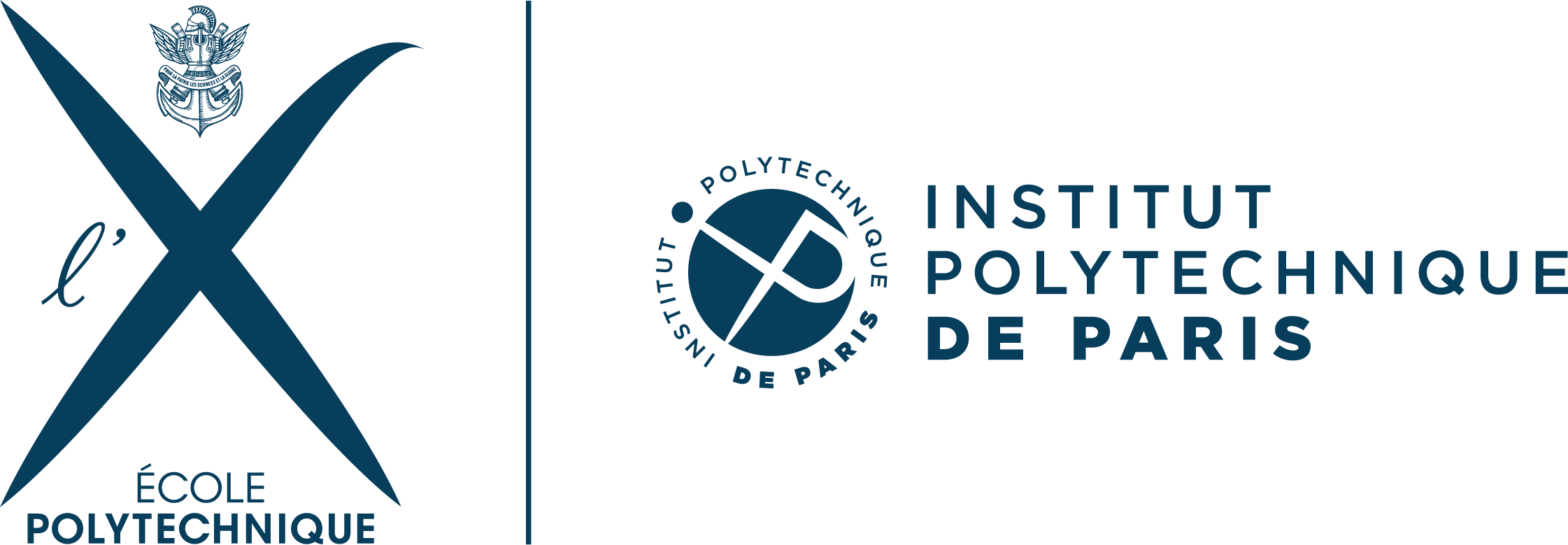Over deze cursus
The course will be divided into three parts: one devoted to elasticity, a second to linear fracture mechanics and the third to the numerical implementation of the models using a phase-field theory presented in the course.
- Elasticity:
We will begin with a review of the fundamental concepts of solid mechanics of three-dimensional continuous media and elastic behavior, essentially limiting ourselves to the framework of small strains.
- Fracture:
After highlighting the reality and importance of fracture phenomena from real engineering failures and experimental results, we will focus on their modeling at the macroscopic scale. The construction of crack evolution laws will be based on energy concepts associated with fundamental physical principles. This will lead to "mathematical" models for engineers to calculate and dimensionalize structures and study the properties of materials subjected to general mechanical loads. Several examples will illustrate the different theoretical concepts and associated physical phenomena.
- Numerical approach:
In this last part, we will use the mathematical tools developed in the first two parts to analyze numerically, via a phase-field method, structures and materials in the context of elasticity and fracture. The finite element method will be used with the help of open-source code FeniCS which is based on Python language. We will implement the corresponding variational principles and analyze stress fields and crack propagation in two-dimensional domains subject to complex loads.
Substantial effort will also be made to show that this field of solid mechanics is highly evolving. In particular, we will make clear that the understanding and detailed modelling of the phenomena of localization of deformation, cracking, fatigue and failure of materials and structures requires significant research efforts that use the most sophisticated experimental, theoretical and numerical tools.
Leerresultaten
This course has a twofold objective:
- Reinforce the notions of solid mechanics introduced in the second year;
- Present the fundamental concepts of linear fracture via analytical and numerical exercises and examples.
Fracture is present in all aspects of everyday life applications from energy, construction, biology, automotive and aerospace industry as well as earthquakes and art. Every enegineering or physics study has to consider fracture and prevent it or use it to create new surfaces, patterns or even new materials (such as graphene). This class gives a very broad overview of brittle but also ductile fracture in materials and structures and explains mathematically, numerically and visually how do we approach this difficult but also exciting subject.
At the end of the class, the students will know well a number of notions such as elasticity, mechanics, mathematical singularities, variational calculus, energy minimization, numerical resolution of nonlinear dissipative phenomena and phase-field theories.
Activiteiten
PDF/Videos of lectures and PDF of small classes uploaded on Moodle, numerical codes with FEniCS in Jupyter Python, solutions of theoretical problems (see Moodle pages of previous years)
Aanvullende informatie
- Meer infoCursuspagina op de website van École Polytechnique
- Neem contact op met een coordinator
- StudiepuntenECTS 5
- NiveauMaster
- InstructeursHarsha Bhat Suresh, Konstantinos Danas
- InstructievormOnline - at a specific time
Aanbod
Startdatum
6 januari 2025
- Einddatum17 maart 2025
- Periode *unknown
- Voertaal
Inschrijvingsperiode gesloten
